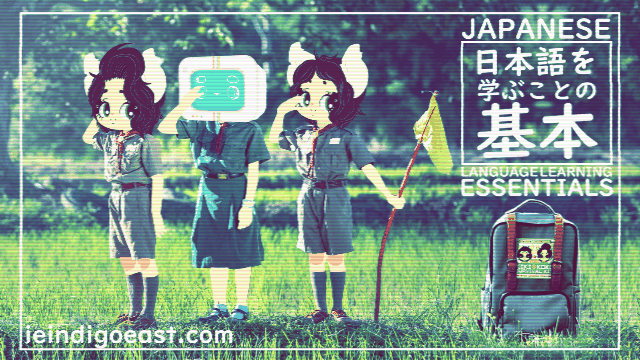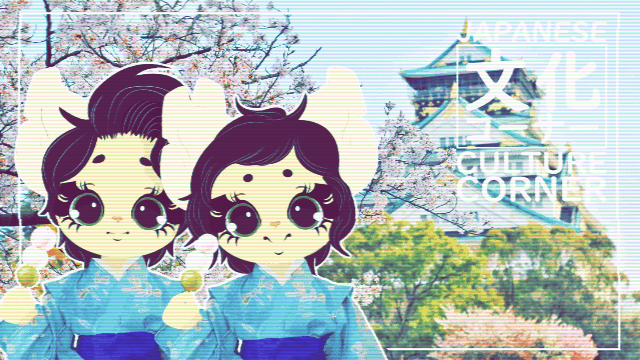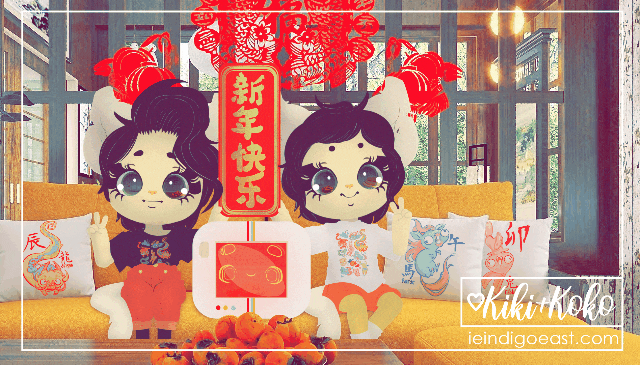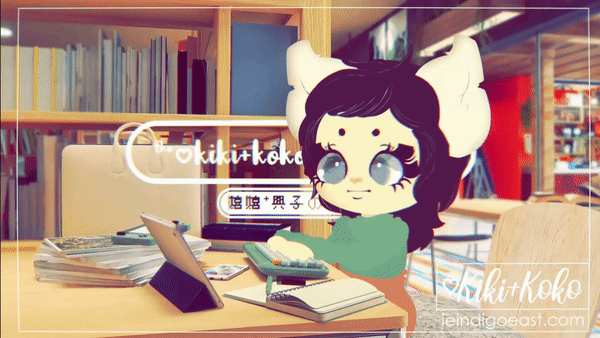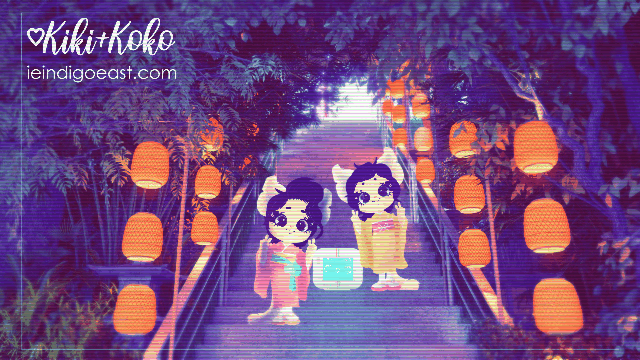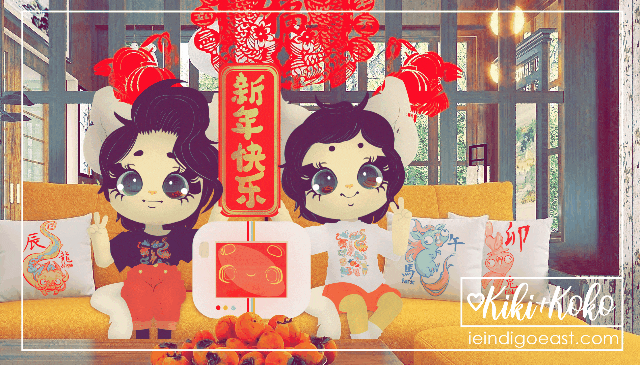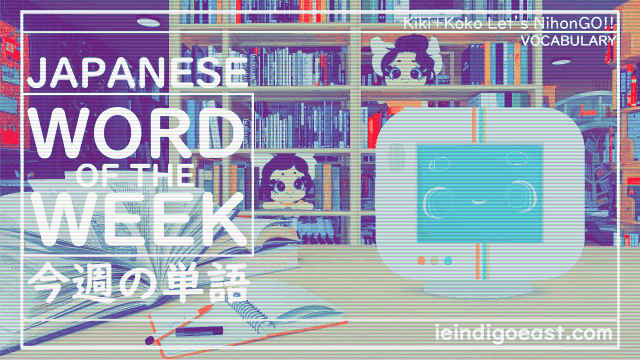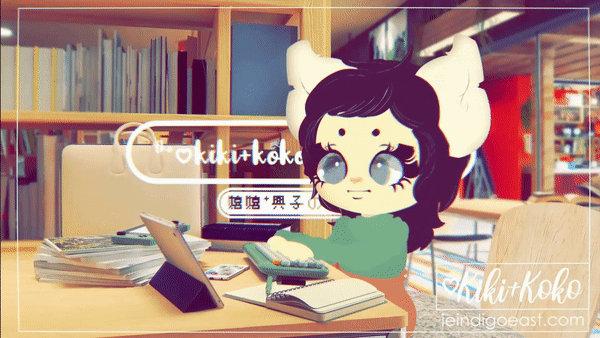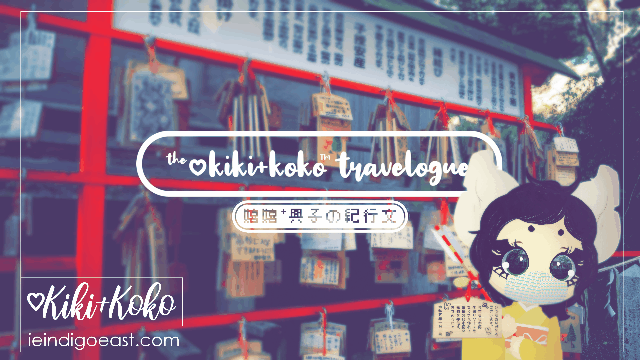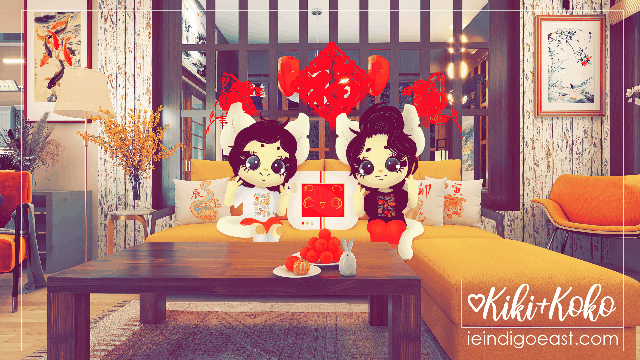皆ちゃま、こんにちにゃあぁ!「Kiki+Koko:Let’s NihonGO!! Online」へ ようこそ! Welcome to Kiki+Koko: Let’s NihonGO!! Online!! If you’ve been here since the beginning, or you simply already know how to read Japanese, you’ll have hopefully been pleased with recognising the previous hiragana! And, if you are already amazing at writing, then pass these lessons onto a friend! But, before that, we’re proud to announce that QUIZBO™ had the honour of posting the 100th post on 「SpeRaToBo || ieindigoeast」And here we are, building on milestones, with the 101st. It’s exciting to think of the next 101, and with your help, we’ll be able to provide even more and even better content. But, speaking of numbers, this is the 10th lesson of the gojuuon order of hiragana! That’s 48 characters and over 30 hiragana lessons, not including our extra activities. But, perhaps, this could be your first encounter, in which case, there’s no worries! You can easily visit the 「Kiki+Koko:Let’s NihonGO!! Online」homepage and see what you missed. There’s never a need to rush, the only competition should be with yourself; and if you think about it, just one more thing you didn’t know is already more than you knew before. It’s about the little milestone.
Japanese language as a whole will always be a journey. No matter how far you travel, you’ll still see road ahead of you. But, that’s okay! We’re here to help you appreciate that learning is a lifelong journey. You can still look back to see the ground you’ve covered, enjoy the current place you’re in, and continue to enjoy the journey. In your native language, unless it’s something like Toki Pona, there are probably still many words you might not know. But, the fun is continuing to learn and grow. It’s never considering your current accomplishments as something less than perfection, as that just can’t exist, but it’s about appreciating the experience and the results.
![]() While we would normally talk a bit about future hiragana lessons, we think we should focus on the now. Just take a moment to congratulate yourself, but soon enough, we’ll be able to congratulate you properly with a new project. But, we’re getting ahead of ourselves. We did have a mini announcement on top of that announcement: We’re on Pinterest! If you’re looking for us, you’ll find our main account as:「Kiki+Koko: Let’s NihonGO!! | Japanese Language & Culture Blog」at https://www.pinterest.co.uk/kikikokoNihonGOonline where you can follow us and also catch up on our latest articles with easy links on the thumbnails. And, if you’re not on Pinterest, then no worries, there’s always Twitter: @kikikokoNihonGO!!. Not on Twitter? Then, we’re honestly just glad you’re here, as we appreciate your presence here. We make sure to put as much as we can into each article without overloading you, and we really hope we’ve helped. Speaking of help:
While we would normally talk a bit about future hiragana lessons, we think we should focus on the now. Just take a moment to congratulate yourself, but soon enough, we’ll be able to congratulate you properly with a new project. But, we’re getting ahead of ourselves. We did have a mini announcement on top of that announcement: We’re on Pinterest! If you’re looking for us, you’ll find our main account as:「Kiki+Koko: Let’s NihonGO!! | Japanese Language & Culture Blog」at https://www.pinterest.co.uk/kikikokoNihonGOonline where you can follow us and also catch up on our latest articles with easy links on the thumbnails. And, if you’re not on Pinterest, then no worries, there’s always Twitter: @kikikokoNihonGO!!. Not on Twitter? Then, we’re honestly just glad you’re here, as we appreciate your presence here. We make sure to put as much as we can into each article without overloading you, and we really hope we’ve helped. Speaking of help:
If you haven’t revised / reviewed 「わゐゑをん」, we have some links below through the thumbnails as this is a great time to read the characters aloud in order to memorise them. You can simply open them on a new device or tab if you need. We’ll be right here while you gather these lessons, or if you’re ready to write, you can continue on down passed QUIZBO™ where we’ll explain how to use our simple stroke order diagram.
brought to you by 「わゐゑをん」
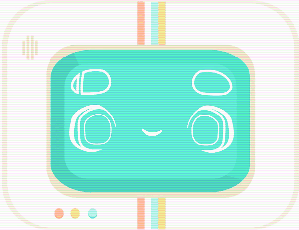
あなたを誇りに思うわ!Proud of you~!! 頑張りましょう! Let’s do our best!
Now, once you have your reference ready, you can take a look if you should forget how to pronounce them, or if you’re just making sure your pronunciation is accurate. And, if you’re new, you might wonder who this blue computer gentleman is. This is QUIZBO™くん, our favourite quiz generating robot computer who also functions as a very useful display generator, will be using the latest technology to show you how to write 「らりるれろ」– This will be with the age old device we know as… numbers and arrows.
Sure, these methods could seem simple, but after years upon years of methods this seems to be the one that helps people without going to fast or slow. That way it will show each character’s stroke order properly whilst also giving a good view of the actual character’s overall look. Whilst you’ll be able to see how the character will look through each step of the process, we’ll also be there with helpful hints!
How to use stroke order
Before we properly begin, we figured it would be best to give you a quick overview on how to read these diagrams. For each character, there’s mostly 3-4 strokes that are written in a specific order. Each number signifies which stroke should come first. Start where the circled number begins and write the stroke in the direction in which the arrow is pointing. If you want to see what each step looks like and what yours should look like at that stage, then take a look at the squares on the right. They squares are ordered up to down and right to left in Japanese order. And, that’s the whole of it!
It’s time to equip your pencils, grab a pen, take out a notepad, a digital device and a stylus, anything you need to write safely and comfortably. Let’s write hiragana!
Let’s NihonGO!!

Kiki+Koko’s Helpful Hints:
If you’ve already learnt 「なにぬねの」, you sort of already know how to write this one!「わ」shares a bit of similarities with 「ね」but without the curl. It holds a lot of similar hints to 「ね」. But, you’ll see this character with a more open area on the last of the second stroke as well as more dramatic slope. But, all in all, if you just follow the basics, keeping the zigs and zags in the correct places, you should come out with a lovely 「わ」.

Kiki+Koko’s Helpful Hints:
Simply because it’s not a main character anymore doesn’t mean it’s not useful to be able to write names like 「あらゐ」or old phrases. Keep in mind: this is one whole stroke!! It can seem a bit twisting and turning, but after 9 other sets, we’re sure you can put your effort to it and do a great job! No worries, though, as it’s more of a novelty in this era, but it will give a neat flair.
As for specific hints for writign: you might see the handle at the first part of the stroke where it goes to the side then drops down, that sort of handlebar can be seen up higher or longer in the bar than the handle in some handwriting. You’ll often see the curl at the end stops at the stroke, but you’ll also see it go all the way through like in characters like 「ぬ」and「ね」.

Kiki+Koko’s Helpful Hints:
This is our favourite character of all. This is the fun looping roller coaster with no stops, top speed all the way! When you first see it without the stroke order, it might seem a bit much to suss out, but you may recognise a previous fun loopy boi: 「る」. So, when you break this down, it’s just「る」but the curl continues into a magnificent pompadour. Just two extra hills at the bottom. You can manage this roller coaster with its first zig, it’s zag, down a hill, then loop-the-loop with a sharp turn for two last hills, and you’re home free after an exhilarating ride.
Of course, this is a rarely used character not included in the main set anymore, but remember that decade where Pluto wasn’t a planet in the solar system? Well, we’ll cling to hope that 「ゑ」finds their way back home.

Kiki+Koko’s Helpful Hints:

Learning more than one thing at once whilst feeling like you’re only learning one thing?? Sign us up!! Take a look at basic sentences for more practise with 「を」
This is a character you’ll see quite a bit and write just as often. When you first write this, you may find yourself getting the alignment a bit off, but if you follow the strokes, you shouldn’t have as much trouble. Sometimes the hill in the second stroke bumps a bit more or less as well as the third stroke, but overall, it’s one you’ll be able to practise often in your simple sentence studies. That would be a great way to practise this whilst practising grammar simultaneously.

Kiki+Koko’s Helpful Hints:

The mysterious maverick of Japanese morae, that technically isn’t even a mora!
This is one special mysterious character, one that you should definitely take the time to learn a bit more about if you’re just learning. This should be a bit easier to remember as it resembles its romanised counterpart, at least a little? It looks a bit more like a fancy h, but if you ignore that, then it totally matches its counterpart.
There’s not much to assist when it comes to this single stroke character, but we do want to take the time to congratulate you. This is the last of the main gojuuon hiragana!! Take a moment to relish that whilst practising, and realise the effort it took, then realise there are many more characters that will be MUCH easier to learn after learning these. Well done, you.
That’s the whole of it, everyone! 「わゐゑをん」! If you’ve been here since lesson one, since 「あいうえお」, we want to deeply congratulate you. Learning anything new whether it’s a fun oasis or a lot of effort takes a lot of commitment and wherewithal. Whether or not you plan on becoming fluent or you’re just dabbling to exercise your mind, you can hold this as a huge accomplishment, something that will surely enrich your life.
That being said, we’re so happy to be a part of your continued studies. Your participation means the world to us. We’re working on a proper way to celebrate this milestone (along with future milestones) in collaboration with Indigo East– It’s been in the works for weeks, but we wanted to make sure it’s something special that everyone will really enjoy. We’d love to expand upon it, but we don’t want to give too much of the surprise away!
Want to make sure you’re the first to know when our congratulatory milestone project will be available to you? You can subscribe to the Electronic Mailing List of Tomorrow, today, found usually at the bottom of the site page or the sidebar on desktop. You’ll get the latest alerts, tools and resources for everything from surviving in Japanese language to new secret projects in straight to your inbox. That’s articles, videos, podcasts, and more, like this special surprise!

Grooving to the content we’re creating? You can leave a TIP in the TIP♡JAR to keep it going!
(Can’t? No worries! The content is free for everyone! We’re just glad you’re here!! Bring friends if you like~!)
We’ve provided dozens of lessons to you for free, and we’d to continue the creation of new and even better content for hundreds and even thousands more posts! If you’re enjoying the content or you want to support the availability to others for now and in future, feel free to leave a TIP in the TIP♡JAR to keep it going, or for long term contributions in increments, you can join our Patreon. If you’d like to support OUR survival and the creation of more content to be made available to as many people as possible, you can also share the content! Gestures like that go a long way, and we appreciate it.
Thank you for joining us! We hope that you continue with us on this adventure, and we appreciate that you’ve chosen us to assist you on your Japanese learning journey!







